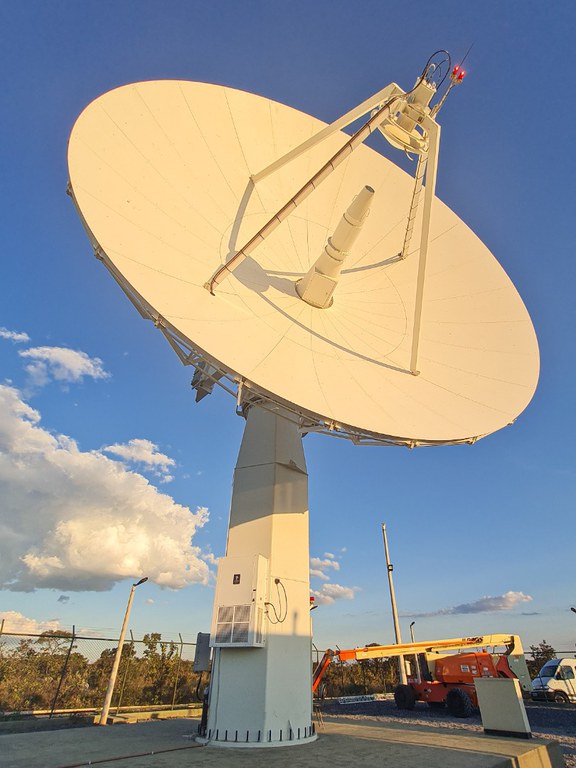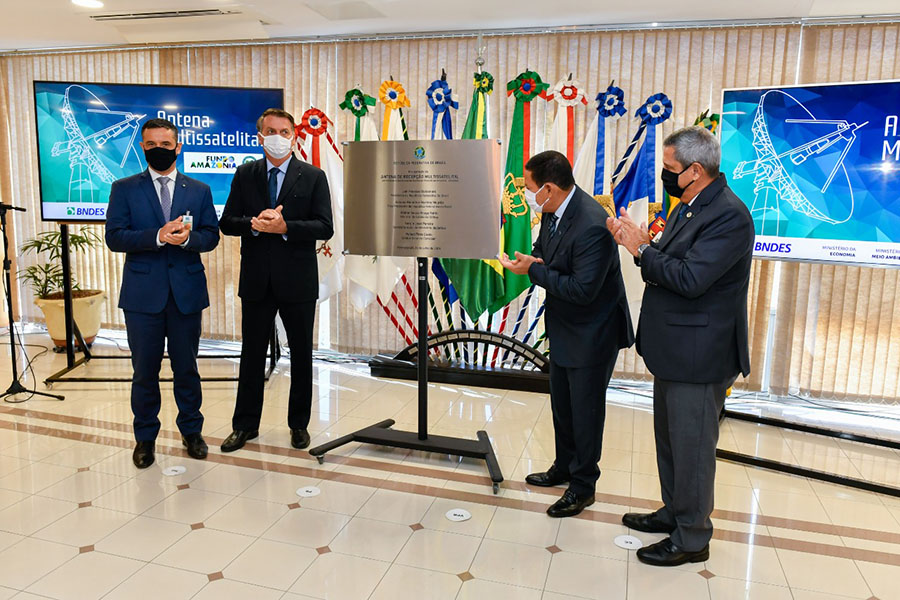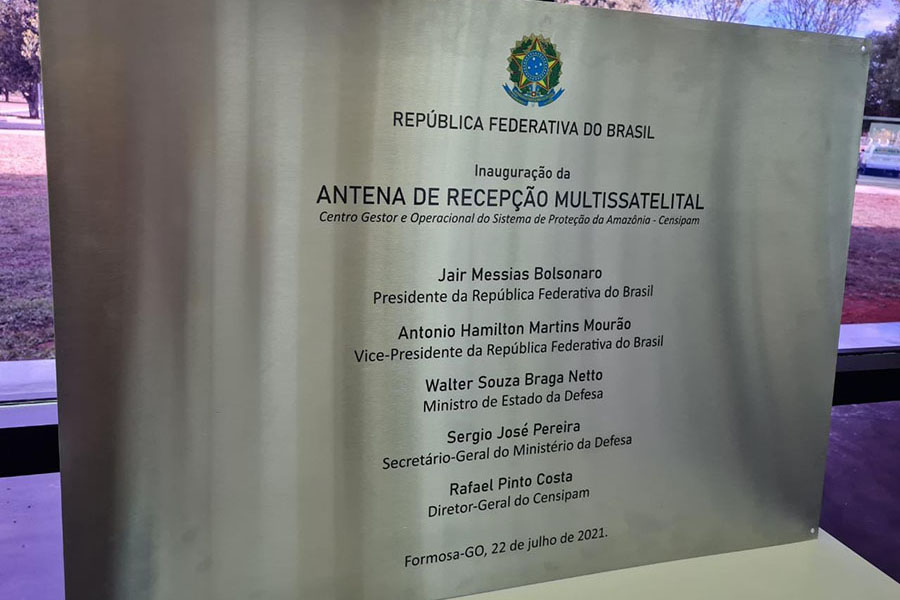The antenna, which has a diameter of 11.3 metres and can receive in the K, X and S bands and transmit in the S band, was purchased by e-GEOS and installed by Telespazio Brasil, which checked its compliance with all the technical requirements (OSAT, On Site Acceptance Tests) and performed maintenance. The antenna is located in the Brazilian army training camp in the town of Formosa.

The new antenna is intended to expand satellite monitoring of the Amazon to promote protection of biodiversity in both the so-called Legal Amazon - an area covering 59% of Brazil’s national territory – and the ”Blue Amazon”, a maritime territory measuring 4.5 million square kilometres surrounding the country.
The infrastructure will be combined with SipamSar, a Brazilian project for monitoring deforestation with radar technology, making it possible to receive data – optical and radar – from Earth observation satellites to provide information to all government and defence institutions.

The purchase and installation of the antenna was supported by Censipam (Centro Gestor e Operacional do Sistema de Proteção da Amazônia), a Brazilian Defence Ministry agency appointed to monitor, integrate and supply information for planning and coordination of protection of the Amazon, financed with the "Fundo Amazônia" managed by the National Development Bank.
The antenna was officially inaugurated in the main hall of the Defence Ministry on July 22, in a ceremony that saw the participation of President Jair Bolsonaro, Minister of Defence Walter Souza Braga Netto, Vice President General Hamilton Mourão and Minister of the Economy Paulo Roberto Nunes Guedes.
Telespazio’s subsidiary Telespazio Brasil has been operating in Brazil since 1997, and has a long history of monitoring the Amazon to protect biodiversity and sustainability. The company not only supplies satellite telecommunication services but, on behalf of e-GEOS, sells satellite data generated by the COSMO-SkyMed Italian radar constellation, used in protection of the forest and development of agriculture.

Photos credits: Alexandre Manfrim e Censipam

